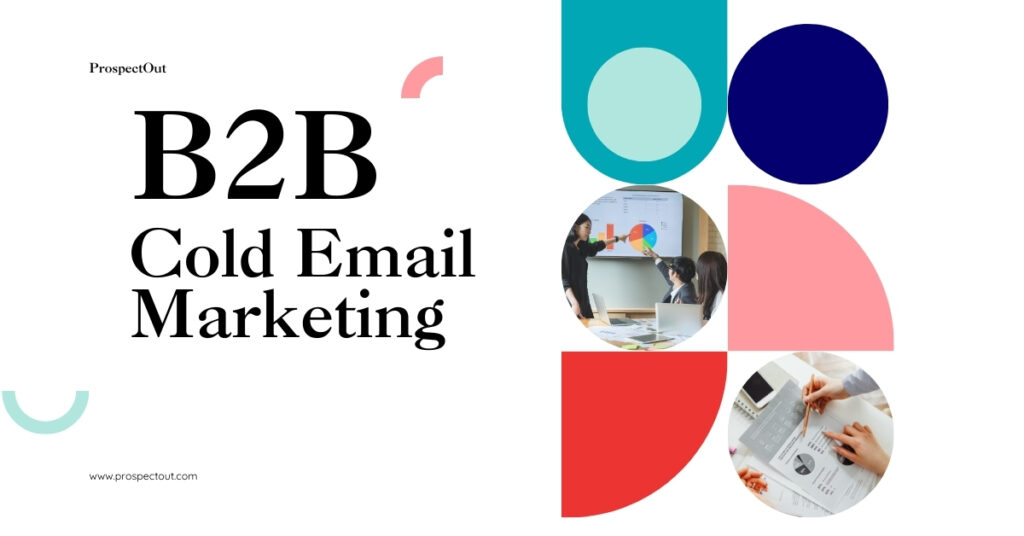Cold email marketing is often seen as spammy or ineffective, but it can be a great tool for lead generation when done right. The key is to learn from successful campaigns and apply those strategies to your own.
In this article, we will look at 5 Cold Email Case Studies, review their results, and share lessons that can work in any industry.

Table of Contents
What is the Value of Learning from Successful Cold Email Case Studies?
Cold email marketing is a mix of strategy and creativity. Each successful campaign teaches us what works and what doesn’t. By looking at real examples, marketers can better understand important elements like subject lines, personalization, timing, and follow-ups. The best lessons come from real data and results, not just theory.
These case studies show what people respond to and how to build connections through email. They also reveal how companies adjusted their emails to improve reply rates. By learning from both successes and challenges, you can create more effective cold email campaigns.
5 Cold Email Case Studies with Great Reply Rates
1. B2B SaaS Start-Up’s Targeted Outreach
A small SaaS company struggled to reach key decision-makers in the tech industry. Their first email campaigns were unfocused and had low engagement. They changed their approach by personalizing subject lines and addressing the specific challenges of each recipient. This led to a 30% reply rate, and 15% of those replies turned into meetings.
Key Lesson: Personalization is important. Sending generic emails rarely works. Make your emails relevant to the recipient by referencing their company, position, or specific challenges.
2. Digital Marketing Agency’s Aggressive Follow-Up Sequence
A digital marketing agency improved their response rate with a strong follow-up strategy. Instead of stopping after one or two emails, they sent a total of five follow-up emails. Each email added more value, while staying polite and consistent. This approach led to a 22% reply rate by the end of the sequence.
Key Lesson: Persistence pays off. Many leads won’t respond to the first or even second email, but a well-timed follow-up can reignite interest. Use follow-ups strategically to keep yourself on the prospect’s radar without being pushy.
3. E-commerce Company’s Personalized Cold Outreach
An e-commerce company selling eco-friendly products wanted to connect with retail buyers. They crafted highly personalized cold emails that focused on the recipient’s current product lineup, positioning their products as complementary. These emails included product samples and testimonials from other retailers. The campaign achieved a 28% reply rate, leading to several distribution deals.
Key Lesson: Offer value upfront. The more specific and valuable your initial outreach, the better the response. Tailoring the content to the recipient’s needs, interests, and current operations can significantly increase engagement.
4. Consulting Firm’s Data-Driven Subject Lines
A consulting firm tested using numbers in their email subject lines. Instead of vague headlines, they included specific results to catch attention. For example, “How We Increased Revenue by 35% in Six Months” caught the eye of decision-makers. This strategy led to a 35% open rate and a 25% reply rate.
Key Lesson: Numbers speak. Incorporating data in your subject lines and email content provides immediate value and piques curiosity, which often leads to higher open and reply rates.
5. HR Software Company’s Social Proof Approach
An HR software company used social proof to build trust in their cold emails. They mentioned well-known clients and success stories early in the message to show credibility. This approach led to a 20% reply rate and helped speed up sales with qualified leads.
Key Lesson: Leverage social proof. Mentioning well-known clients or providing relevant case studies in your cold emails can quickly establish credibility and lower the barrier to engagement.
What Were the Key Takeaways or Lessons Learned from Each Case Study?
There are a few clear lessons from these five campaigns. First, personalization is key. You can’t just send a generic email and expect good results. Every case study shows that customizing your message for each recipient—either through the subject line or the content—can boost reply rates.
Second, persistence matters. Campaigns with multiple follow-up emails got more replies than those with just one. Timing and frequency are important, but a good follow-up sequence can help increase engagement.
Lastly, offer value right away. Whether it’s through data, testimonials, or personalized offers, emails that give the recipient something useful are more likely to be opened and replied to.
How Can These Lessons Be Applied to Different Industries or Business Models?
These cold email strategies aren’t limited to specific sectors. In fact, they can be applied across a wide range of industries. For B2B companies, the lessons around personalization and value-driven messaging are especially relevant. Tailoring your email to the prospect’s industry, company size, or specific pain points will help build stronger connections.
For B2C brands, the emphasis on subject lines and social proof can be critical. Drawing attention to customer success stories, positive reviews, or data-backed results can build trust quickly and lead to higher engagement rates.
No matter your business model, the key is to approach cold emailing with the mindset that each email must be crafted to resonate with the individual recipient. Automation and volume are important, but without personal relevance, those emails will likely be ignored.
Recruitment agencies, financial advisors, manufacturing companies, SaaS businesses, and M&A professionals all benefit from strategic cold email list building.
What Common Strategies Were Found to Be Effective Across Multiple Successful Campaigns?
Some strategies were common in all of these successful cold email campaigns:
- Personalization: Every case study highlighted the importance of tailoring the message to the recipient. Whether it was referencing their role, company, or industry, personalization consistently led to higher reply rates.
- Strong Follow-Up Sequences: Successful campaigns didn’t stop after one email. They implemented multi-step sequences to re-engage leads, often using a mix of educational content, reminders, and offers.
- Value-First Messaging: Providing immediate value—whether through data, customer testimonials, or tangible results—was a hallmark of high-performing campaigns. Recipients responded better when they could see what was in it for them from the very start.
- Concise and Clear Communication: Cold emails that got straight to the point performed better. Long-winded introductions or overly complex messages tended to perform poorly compared to those that quickly communicated value and built interest.
No matter the niche, be it business brokering, SaaS, finance, or recruitment, these cold email strategies are a core strategy.
FAQ
What are cold email case studies?
Cold email case studies analyze successful outreach campaigns, showcasing strategies and results. They offer insights to help marketers improve their own cold emailing efforts.
How can I learn from cold email case studies?
Review case studies to identify effective tactics like personalization and follow-ups. Apply these lessons to enhance your cold email campaigns and increase response rates.
What makes a cold email campaign successful?
Key factors include personalized messaging, compelling subject lines, timely follow-ups, and a clear value proposition. These elements resonate with recipients and drive engagement.
Are cold email case studies relevant for all industries?
Absolutely! The core principles of effective cold emailing—like personalization and value—apply across industries, making these case studies widely useful.
What common mistakes can I avoid?
Avoid sending generic emails, neglecting follow-ups, failing to provide value upfront, and using weak subject lines. Learning from case studies helps you steer clear of these pitfalls. Avoid sending generic emails, neglecting follow-ups, failing to provide value upfront, and using weak subject lines. Learning from case studies helps you steer clear of these pitfalls.
How do I measure cold email success?
Track metrics like open rates, reply rates, and conversions. Analyzing these figures will help you refine your strategy for better outreach results.
Conclusion
But remember, there isn’t one method that works for all. What worked in one campaign might not work in another. Start with these strategies, but keep testing and improving your emails.
These case studies show how to create better cold email campaigns. Personalizing your emails, using follow-ups, and offering value right away can boost your reply rates and conversions.


